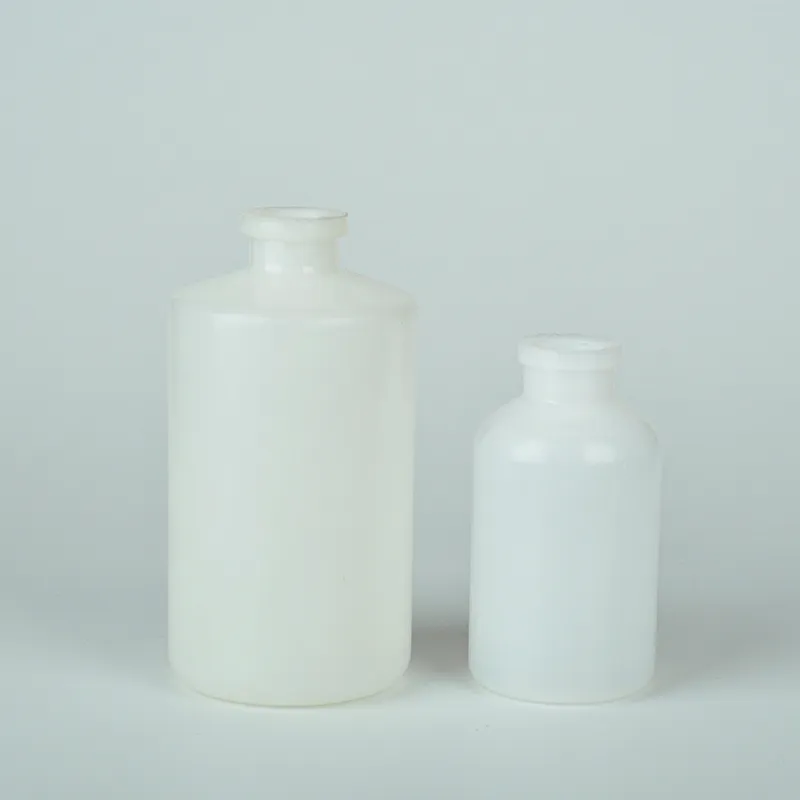
-
 Afrikaans
Afrikaans -
 Albanian
Albanian -
 Amharic
Amharic -
 Arabic
Arabic -
 Armenian
Armenian -
 Azerbaijani
Azerbaijani -
 Basque
Basque -
 Belarusian
Belarusian -
 Bengali
Bengali -
 Bosnian
Bosnian -
 Bulgarian
Bulgarian -
 Catalan
Catalan -
 Cebuano
Cebuano -
 Corsican
Corsican -
 Croatian
Croatian -
 Czech
Czech -
 Danish
Danish -
 Dutch
Dutch -
 English
English -
 Esperanto
Esperanto -
 Estonian
Estonian -
 Finnish
Finnish -
 French
French -
 Frisian
Frisian -
 Galician
Galician -
 Georgian
Georgian -
 German
German -
 Greek
Greek -
 Gujarati
Gujarati -
 Haitian Creole
Haitian Creole -
 hausa
hausa -
 hawaiian
hawaiian -
 Hebrew
Hebrew -
 Hindi
Hindi -
 Miao
Miao -
 Hungarian
Hungarian -
 Icelandic
Icelandic -
 igbo
igbo -
 Indonesian
Indonesian -
 irish
irish -
 Italian
Italian -
 Japanese
Japanese -
 Javanese
Javanese -
 Kannada
Kannada -
 kazakh
kazakh -
 Khmer
Khmer -
 Rwandese
Rwandese -
 Korean
Korean -
 Kurdish
Kurdish -
 Kyrgyz
Kyrgyz -
 Lao
Lao -
 Latin
Latin -
 Latvian
Latvian -
 Lithuanian
Lithuanian -
 Luxembourgish
Luxembourgish -
 Macedonian
Macedonian -
 Malgashi
Malgashi -
 Malay
Malay -
 Malayalam
Malayalam -
 Maltese
Maltese -
 Maori
Maori -
 Marathi
Marathi -
 Mongolian
Mongolian -
 Myanmar
Myanmar -
 Nepali
Nepali -
 Norwegian
Norwegian -
 Norwegian
Norwegian -
 Occitan
Occitan -
 Pashto
Pashto -
 Persian
Persian -
 Polish
Polish -
 Portuguese
Portuguese -
 Punjabi
Punjabi -
 Romanian
Romanian -
 Russian
Russian -
 Samoan
Samoan -
 Scottish Gaelic
Scottish Gaelic -
 Serbian
Serbian -
 Sesotho
Sesotho -
 Shona
Shona -
 Sindhi
Sindhi -
 Sinhala
Sinhala -
 Slovak
Slovak -
 Slovenian
Slovenian -
 Somali
Somali -
 Spanish
Spanish -
 Sundanese
Sundanese -
 Swahili
Swahili -
 Swedish
Swedish -
 Tagalog
Tagalog -
 Tajik
Tajik -
 Tamil
Tamil -
 Tatar
Tatar -
 Telugu
Telugu -
 Thai
Thai -
 Turkish
Turkish -
 Turkmen
Turkmen -
 Ukrainian
Ukrainian -
 Urdu
Urdu -
 Uighur
Uighur -
 Uzbek
Uzbek -
 Vietnamese
Vietnamese -
 Welsh
Welsh -
 Bantu
Bantu -
 Yiddish
Yiddish -
 Yoruba
Yoruba -
 Zulu
Zulu
Functions and Importance of Reagent Bottles in Laboratory Settings
The Function and Importance of Reagent Bottles in Laboratory Settings
In the dynamic world of scientific experimentation, the organization, storage, and handling of chemicals are paramount to achieving accurate and reproducible results. Reagent bottles play a crucial role in this process, serving various functions that enhance the efficiency and safety of laboratory operations.
Storage and Preservation
The primary function of a reagent bottle is to store chemicals safely and effectively. These bottles are designed to hold a wide range of substances, including solids, liquids, and powders, while minimizing contamination and degradation over time. Most reagent bottles are made from materials such as glass or high-density polyethylene (HDPE), which are resistant to chemical reactions and provide a robust barrier against external elements. This is particularly important for volatile substances, which may evaporate or degrade if not stored properly.
Labeling and Identification
Proper labeling of reagent bottles is essential for maintaining organization in any laboratory. Each bottle should clearly indicate the chemical name, concentration, hazard classification, and date of receipt or opening. This practice not only ensures compliance with safety regulations but also facilitates rapid identification in case of spills or accidents. Utilizing standardized labeling practices contributes to a safer working environment and helps prevent hazardous mix-ups, which could lead to dangerous chemical reactions.
Dispensing and Usage
reagent bottle function in laboratory

Reagent bottles are also designed for ease of use when it comes to dispensing chemicals. Many bottles feature specially designed caps or dispensers that allow for the controlled release of contents, minimizing the risk of spills or overuse. This is especially beneficial when dealing with corrosive or toxic substances, as it reduces exposure to hazardous materials. Furthermore, some reagent bottles are designed with integrated droppers or dispensers, making precise measurements more straightforward and enhancing the accuracy of experimental procedures.
Safety Considerations
Safety is a top priority in any laboratory, and reagent bottles contribute significantly to this aspect. Many bottles are designed with safety features, such as shatter-resistant materials or secondary containment. Additionally, using reagent bottles that match the properties of the stored chemical—for example, using fluoropolymer for strong acids—can prevent chemical reactions that may occur with incompatible materials. It is crucial for laboratory personnel to be trained in the proper handling and storage of reagent bottles to ensure minimal risk during experiments.
Environmental Impact and Sustainability
In recent years, there has been an increasing focus on environmental sustainability in laboratory practices. The use of reagent bottles that are recyclable or designed for multiple uses is gaining popularity. Laboratories are encouraged to adopt practices that reduce waste, such as using bulk storage solutions or selecting refillable bottles. These changes not only help minimize the environmental footprint of research activities but also can lead to cost savings over time.
Conclusion
In conclusion, reagent bottles serve multiple essential functions in laboratory settings, from safe storage and dispensing to significant contributions to workplace safety and sustainability. Their design is paramount in facilitating chemical handling, and adherence to best practices in labeling, storage, and usage is crucial for any successful laboratory operation. By understanding the importance of reagent bottles, laboratory personnel can enhance not only their own safety but also the integrity and reliability of their scientific work.
-
Premium Metal Dropper Bottle for Precise Dispensing 250ml & 1ml Options AvailableNewsJul.04,2025
-
20 ml Headspace Vials - High Quality Polyethylene & Plastic Vials for Lab UseNewsJul.04,2025
-
Small Bottle with Pipette - Precise Dispensing 100ml Pipette Bottles for Essential Oils & Lab UseNewsJun.24,2025
-
Acetic Anhydride Bottle for Accurate Dropper Measurement in Pharmacy Use High-Quality Dropper BottlesNewsJun.10,2025
-
Innovative PET Bottle Design for Juice – Unique Shapes & Customization OptionsNewsJun.10,2025
-
20 Pack Sterilized Petri Dishes – Assorted Sizes, High Quality Small Plastic Petri Dishes for Lab UseNewsJun.10,2025






















